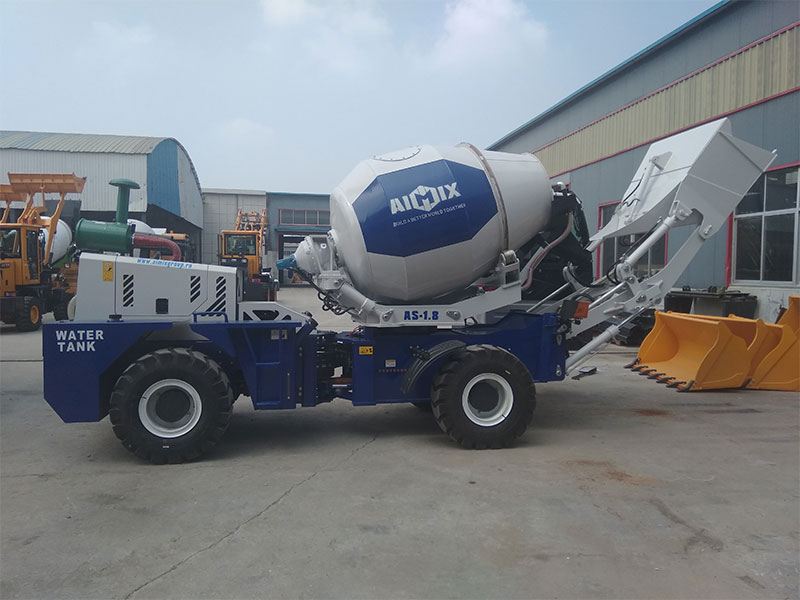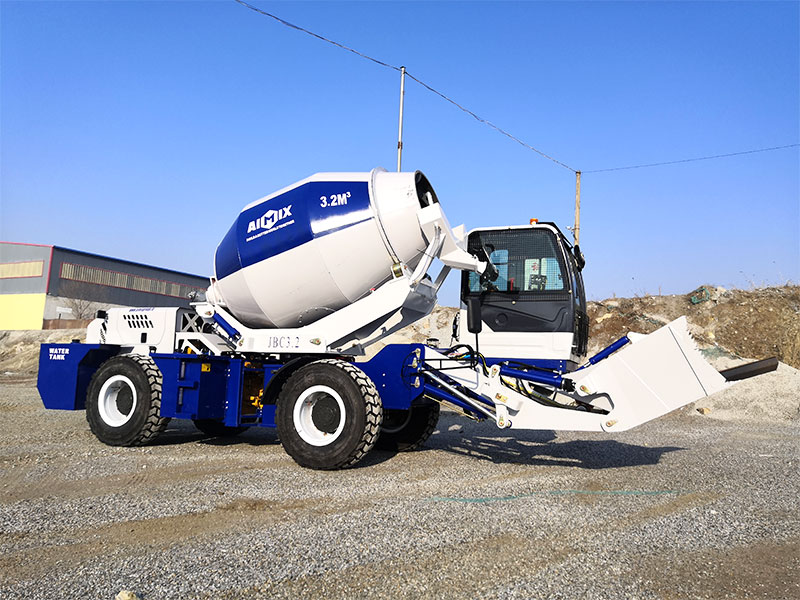In the realm of concrete production, self-loading mixers have emerged as versatile and efficient solutions, offering the convenience of on-site mixing and mobility. The decision to invest in such innovative equipment requires a comprehensive understanding of the price dynamics that go beyond the rotating barrel. This article delves into the intricacies of self-loading mixer prices, exploring the factors that contribute to their economic landscape.
Initial Investment:
The journey into the price dynamics of self-loading mixers begins with the initial investment. The self loading concrete mixer machine price is influenced by various factors, including brand reputation, production capacity, and technological features. While a higher upfront cost may be associated with advanced technology and larger capacities, it’s essential to consider this as an investment in long-term efficiency and productivity.

Production Capacity:
The core function of a self-loading mixer is its ability to mix concrete on-site. Production capacity plays a pivotal role in determining the price. Higher-capacity mixers often come with a higher price tag but can significantly contribute to increased output and efficiency on construction sites. Evaluating the specific production needs of a project is crucial for making an informed decision about the appropriate capacity and associated cost.
Mobility Features:
Unraveling the price dynamics involves looking beyond the stationary mixer. The mobility features of mobile self loading concrete mixers, such as their ability to navigate construction sites and transport concrete to different locations, impact their cost. Advanced mobility features, like four-wheel drive and compact designs, may contribute to a higher initial investment but can result in time and cost savings during operations.

Technology Integration:
Modern self-loading mixers often come equipped with advanced technology. Automation, digital control systems, and real-time monitoring contribute to the price dynamics. While the inclusion of these features may increase the upfront cost, they bring precision to the mixing process, reduce waste, and enhance overall efficiency, aligning with a long-term cost-effective approach.
Fuel Efficiency:
The economic considerations of self-loading mixers extend to their fuel efficiency. The choice between diesel and electric-powered mixers influences not only the initial cost but also the ongoing operational expenses. While diesel-powered mixers may have lower fuel costs, electric-powered alternatives align with environmentally friendly practices and may incur higher upfront costs.
Ease of Maintenance:
The cost dynamics also involve maintenance considerations. Self loading truck mixers designed for easy maintenance and quick troubleshooting can contribute to cost-effectiveness over their lifespan. The availability of spare parts and the simplicity of maintenance procedures are crucial factors in determining the overall economic impact.
Operational Costs:
Unraveling the economics of self-loading mixers requires a thorough examination of operational costs. This includes not only fuel expenses but also ongoing maintenance, labor, and other operational factors. Understanding the total cost of ownership over the equipment’s lifespan is essential for a comprehensive view of the economic dynamics.
Conclusion:
“Beyond the Barrel” encapsulates the intricate dance of factors that influence the price dynamics of self-loading mixers from Aimix Group Co Ltd. From the initial investment and production capacity to mobility features, technology integration, and fuel efficiency, each element contributes to the overall cost landscape. Making an informed decision involves unraveling these dynamics, and balancing upfront costs with long-term efficiency gains. As the construction industry continues to evolve, self-loading mixers stand at the forefront of innovation, offering a mobile and efficient solution that goes beyond the traditional concrete mixer.